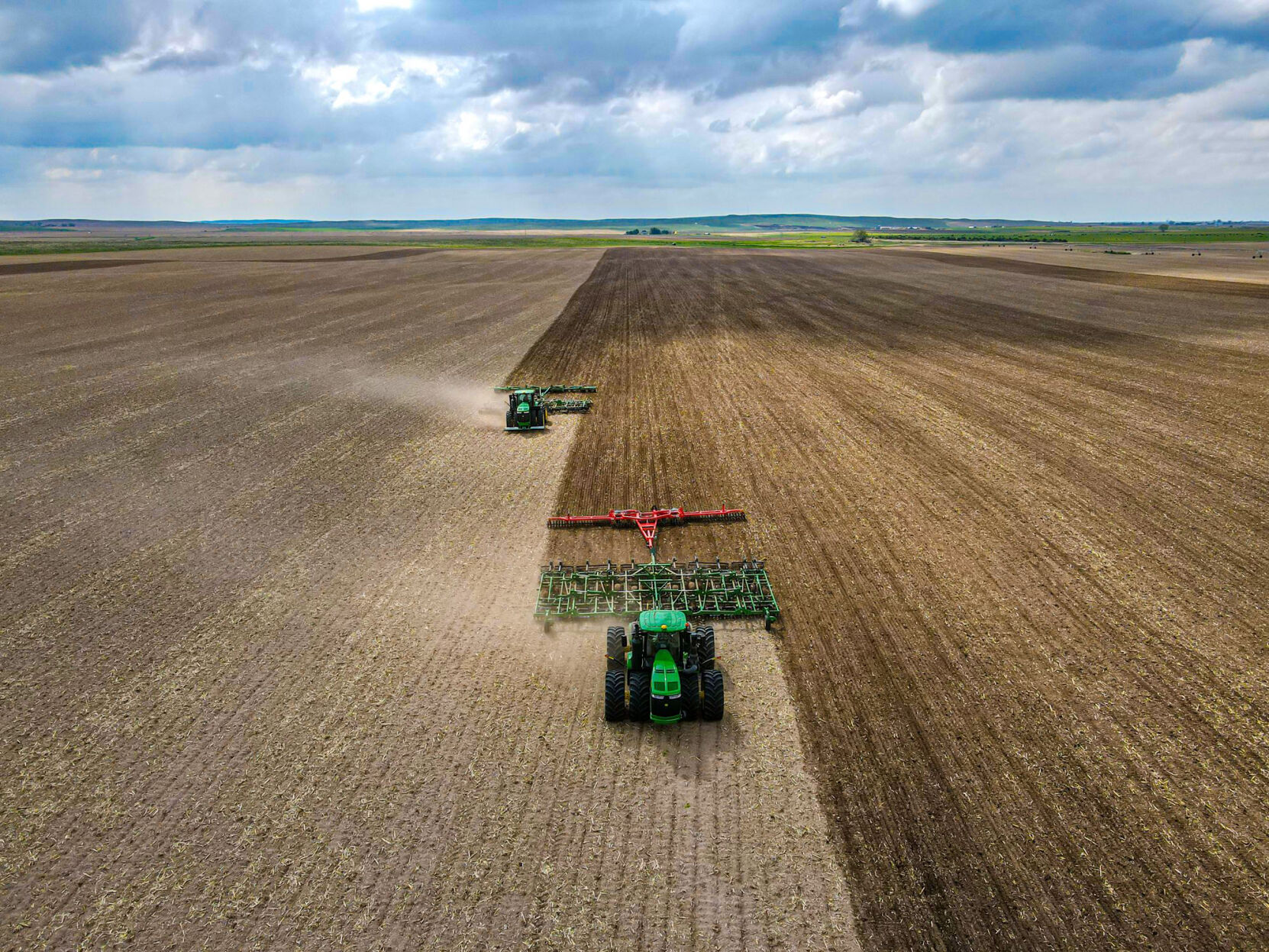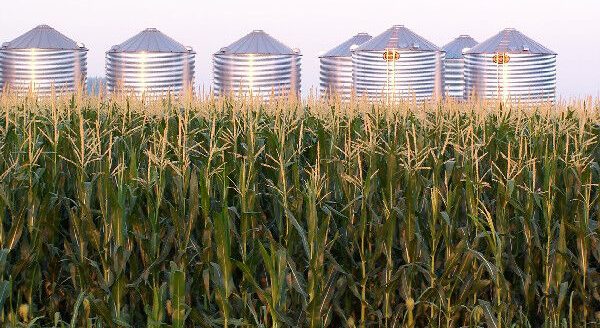Fertilizer costs, machinery demand expected to remain high globally

A recent online Farm Foundation Forum, “2022 Economic Outlook for Agriculture,” included presentations about fertilizer prices, the supply chain and machinery demand by Harry Vroomen, vice president of economic services for The Fertilizer Institute, and Kanlaya Barr, senior economist for John Deere.
Vroomen was previously an analyst for the United States Department of Agriculture’s Economic Research Service. He said fertilizer prices are “very high” and are affected by many different factors.
“As you might expect, China, India, the U.S. and Brazil are the largest consumers of commercial fertilizer. Overall, the U.S. ranks third globally with all nutrients combined, with just over 10% of the total,” he said. Because 90% of global nutrient use is outside the U.S., demand from other countries can significantly impact the fertilizer market even if nothing changes in the U.S., he noted.
Corn, wheat and rice drive global fertilizer demand. Combined with fruits, vegetables and soybeans, these crops account for about two-thirds of global demand.
“For the U.S. it’s driven, obviously, by the big row crops—corn, wheat and soybeans. Corn alone accounts for about half of the fertilizer use in the U.S., and throw in wheat and soybeans and you’re up to about 70% (of U.S. demand).”
Vroomen said crop and fertilizer prices are highly correlated. That means that when row crop prices rise, fertilizer prices generally rise as fertilizer demand also increases, he said.
“However, despite the high correlation between crop and fertilizer prices, supply-side factors are just as important and ultimately, it is both demand and supply factors which determine the market price of crops and fertilizer,” Vroomen said. Crop and fertilizer prices don’t always track with each other, and now farmers are seeing fertilizer prices higher than crop prices.
Supply-side factors
Nitrogen fertilizer is produced in large chemical plants that combine nitrogen and hydrogen to make anhydrous ammonia.
“One thing to keep in mind is when nitrogen prices go up, you can’t just flip the switch and produce a lot more fertilizer. These plants are run at high operating rates because you can’t just produce a little bit of ammonia. It’s a chemical process that requires running at higher operating rates,” he said, adding it also takes several years and millions of dollars to build new plants, so that idea is not an overnight fix either.
Phosphate production starts with the surface mining of phosphate rock, he said, and production doesn’t change overnight. Potash is produced in only 14 countries and requires deep mining up to a mile underground.
“All of these materials produced from these different processes are sold as they are or are combined with other nutrients to produce the fertilizer materials farmers use,” Vroomen said. Production can’t be increased easily or quickly.
Looking back, he noted, “From mid-2019 to mid-2020, fertilizer prices were at their lowest levels in many years,” he said. The fertilizer outlook at that time was quite dismal, with the World Bank Fertilizer Price Index declining for the seventh consecutive time and projecting further declines in 2020 as the COVID-19 pandemic continued.
However, by November 2020, the outlook changed significantly and quickly because of changes in the crop markets, Vroomen said. For example, in August 2020 USDA’s season average price forecast for corn was $3.10 a bushel. In February 2021, USDA was projecting $4.30 a bushel, the highest corn prices in seven years. Season average crop prices for other crops rose as well.
Producing fertilizer takes energy, and energy prices have played a big role in fertilizer production as well. Vroomen said that from June 2020 to November 2021, natural gas prices in the U.S. tripled. In Europe these prices are six times higher.
Natural gas prices are so high in some parts of Europe that 40% of nitrogen plants had to shut down because they couldn’t afford to operate at those rates, he said. Required maintenance turnarounds at plants that had been delayed because of COVID-19 restrictions could not be put off any longer, also temporarily shutting down plants and causing nitrogen production to drop even further last year.
“About 60% of the ammonia production capacity in the U.S. is in Oklahoma, Texas, and Louisiana. As a result of those freezes we had a big drop of nitrogen production in February as these plants were forced to close because they had no energy, they couldn’t get natural gas, and just in preparation for the freeze,” Vrooman said.
He said the plants lost 250,000 tons of nitrogen in February 2021, which equates to about 300,000 tons of ammonia production lost.
Hurricane Ida impacted production in fall 2021. Duties and sanctions affected the global fertilizer supply as well.
Looking forward, Vrooman said, “I don’t know when, or how soon or how long fertilizer prices are going to stay this high.” But he said there is a new commodity cycle now. Crop prices may stay up for another two to three years, which will put a lid on where fertilizer supplies can fall to, so the demand will keep increasing, he said.
“Fertilizer prices are high and they will come down at some point, like prices always do, but they may not fall as quickly or as low as they did last time,” Vrooman concluded.
Machinery demand
Barr said she expects general economic recovery following the pandemic to continue but at a slower pace than in 2021. “While supply chain disruptions will continue (in 2022), perhaps we will see some relief as we move into the second half of 2022,” she said.
Machinery demand continues to be strong as commodity prices trend higher, which continues to support the machinery market.
“All of this remains highly uncertain. We have seen how the path of the virus and the weather events really changed the global crop balance sheet and will likely continue to do so,” she said.
Barr does not believe the resurgence of COVID-19 variants is likely to derail economic recovery in 2022, nor does she expect consumer spending to be as high as in 2021.
“When you think about the supply chain, labor is a big part of it,” she said.
Wage growth is expected to bring more people into the labor force following the pandemic, which will help relax supply constraints.
“Input costs will likely still remain elevated in 2022, and perhaps we’ll start to see some easement coming out in 2023,” she said.
With the consumer demands remaining strong for new and used equipment, prices continue to increase. “Machinery demand will continue to be strong,” Barr said.
John Deere expects the agriculture industry to be up about 15% for the large ag side in 2022, with some improvement for small ag producers as well.
Shauna Rumbaugh can be reached at 620-227-1805 or [email protected].


